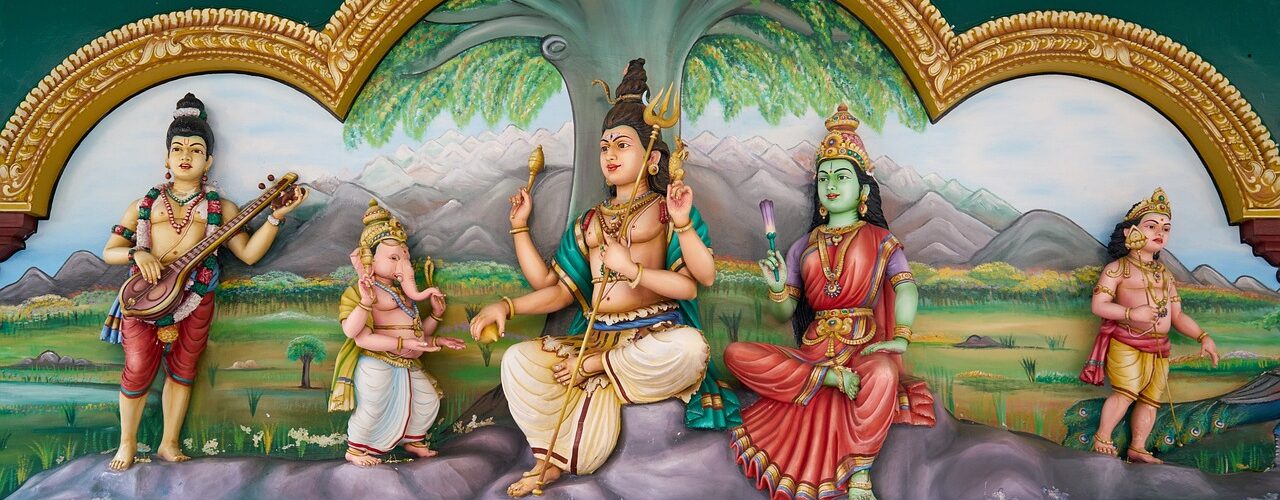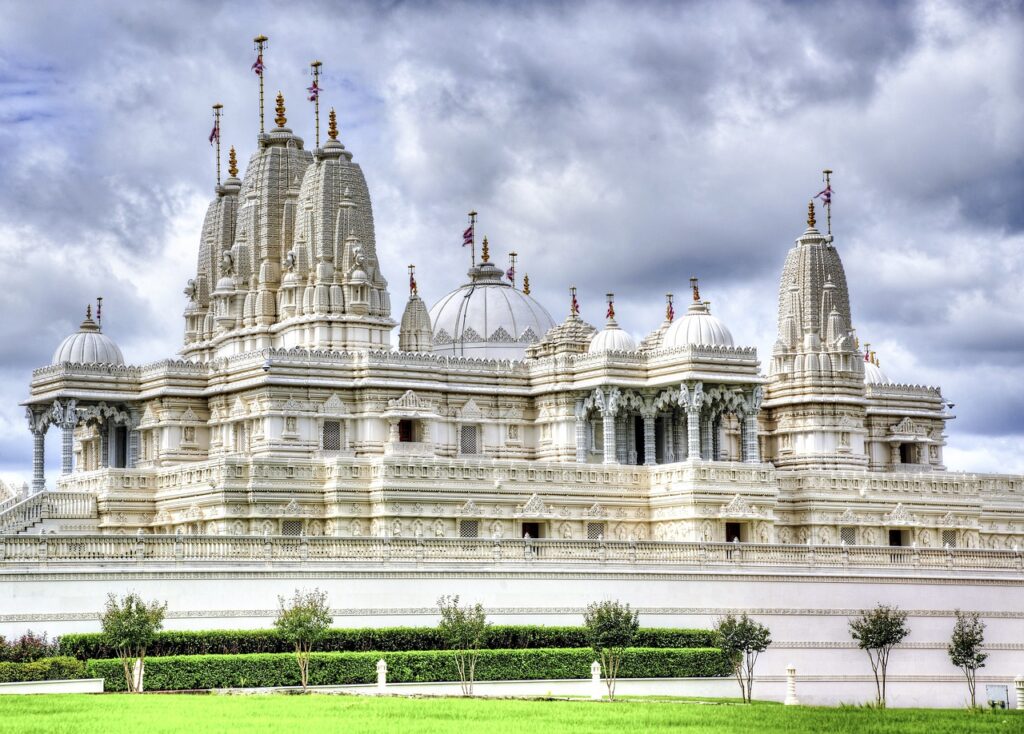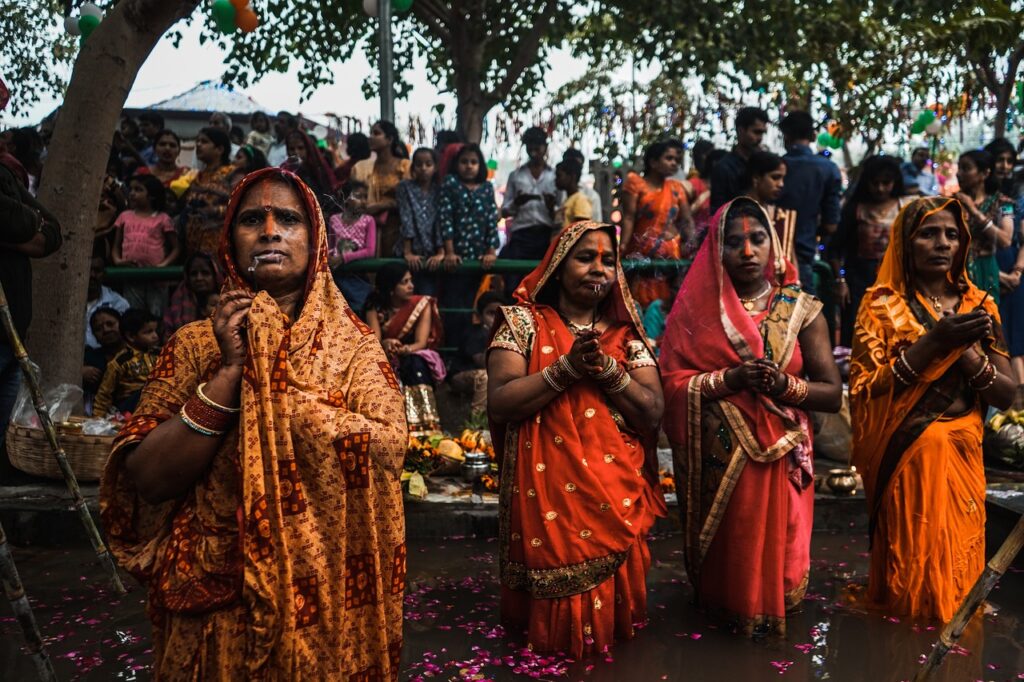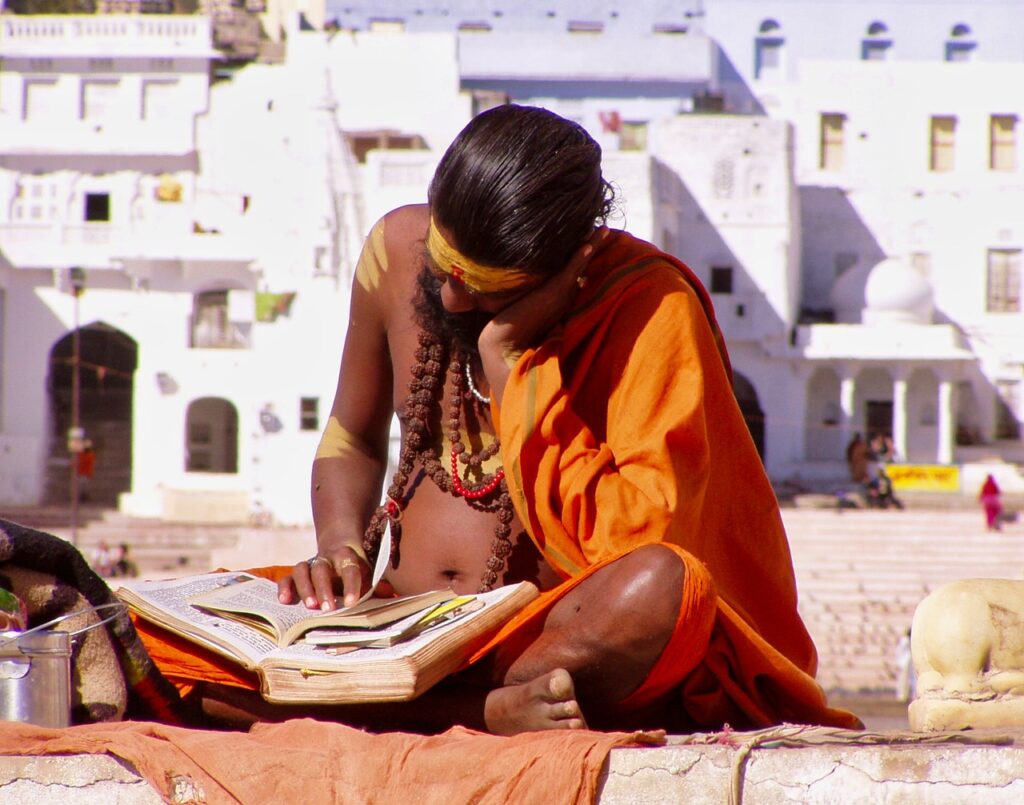History of Hinduism with 360 Weeks

Hinduism, one of the world’s oldest and most diverse religions, has a rich and complex history that spans thousands of years. Rooted in the ancient traditions of the Indian subcontinent, Hinduism has evolved through various periods, embracing a vast array of philosophical, cultural, and ritualistic elements. From the early hymns of the Vedas to the epics of the Mahabharata and Ramayana, and the profound insights of the Upanishads, Hinduism encompasses a diverse tapestry of beliefs, practices, and values. Throughout its long journey, Hinduism has demonstrated remarkable adaptability, fostering the coexistence of numerous sects, deities, and rituals. This religion is not only a spiritual guide but also a cultural and philosophical heritage that continues to shape the lives of millions worldwide. This introduction merely scratches the surface of the depth and diversity that characterize Hinduism, a vibrant tradition that has withstood the test of time and continues to inspire seekers on their spiritual quests.

The history of Hinduism is complex and spans thousands of years, making it one of the world’s oldest religions. It is difficult to pinpoint a specific origin, as Hinduism has evolved over time through the contributions of various cultures, traditions, and philosophical ideas. Here is a broad overview of the history of Hinduism:-

Ancient Indus Valley Civilization (circa 3300–1300 BCE)
The roots of Hinduism can be traced back to the ancient Indus Valley Civilization, where archaeological evidence suggests the existence of a sophisticated and organized society with certain religious practices.
Vedic Period (circa 1500–500 BCE)
The Vedas, a collection of sacred texts, hymns, and rituals, form the foundation of Hinduism. The Rigveda is the oldest among them.
The Vedic period saw the rise of ritualistic practices, sacrificial ceremonies, and the concept of dharma (moral and social duties).
The Brahmanas and Upanishads, composed during this period, introduced philosophical ideas and the concept of Brahman (the ultimate reality).
Epic Period (circa 500 BCE–200 CE)
The two great epics, the Mahabharata and the Ramayana, were composed during this time. These epics contain stories of gods, goddesses, and moral dilemmas, providing guidance on righteous living.
The Bhagavad Gita, a part of the Mahabharata, is a central text in Hindu philosophy that discusses duty, righteousness, and devotion.
Classical Period (200 CE–1200 CE)
The Puranas, which include mythological stories, genealogies of deities, and religious teachings, were written during this period.
The establishment of the Gupta Empire marked a period of relative stability and cultural flourishing.
Medieval Period (1200–1800 CE)
During this time, various Bhakti (devotional) and Shaiva, Shakta, and Vaishnava traditions gained prominence.
Influential philosophers like Shankaracharya, Ramanujacharya, and Madhvacharya contributed to the philosophical diversity within Hinduism.
The spread of Islam in India led to cultural exchanges, syncretism, and the blending of Hindu and Islamic traditions.

Colonial Period (1600–1947 CE)
British colonial rule had a significant impact on Hindu society and culture. The codification of Hindu law and the introduction of new educational systems influenced Hindu thought and practices.
Post-Independence Period (1947–Present)
After gaining independence in 1947, India became a secular state, and Hinduism coexists with other religions.
The revival of Hindu philosophy, the promotion of yoga, and the global spread of Hindu practices have characterized the modern era.
Throughout its history, Hinduism has been characterized by its diversity, tolerance, and adaptability, allowing for the coexistence of various sects, beliefs, and practices within its fold. It is important to note that Hinduism is not a monolithic religion but rather a complex and multifaceted tradition with a rich tapestry of beliefs and practices.








